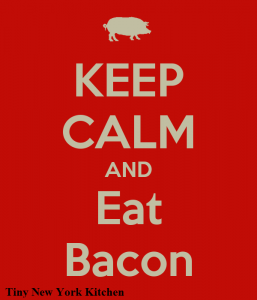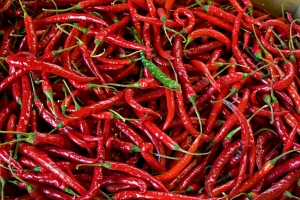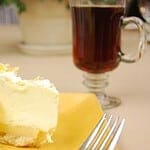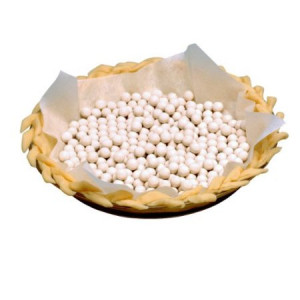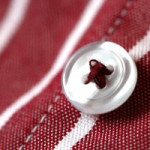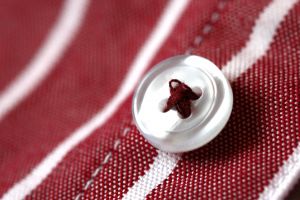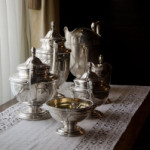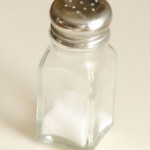To keep your Mexican dishes authentically delicious, here are some pointers about chiles. If you were asked to identify one characteristic that would singularly describe Mexican dishes, the “chile” would be the answer, namely chile peppers. Whether ground, whole, sliced, diced, pickled, fresh, canned or dried, chile peppers are an inherent part of Mexican dishes.
There are many varieties of chiles, ranging from mild to very hot! Chefs use whatever chiles are available to them. Some varieties are available canned when they aren’t available fresh. Here is a list of some common peppers.
Green Peppers: Also called bell peppers. They are very mild peppers and are used in salads as a garnish and they are used to flavor & color dishes.
Anaheim: Also called California peppers. They are mild, long green chiles. They can be eaten raw and are used in salads.
Jalapenos: They are smaller sized and dark green chiles. They are typically very hot.
Serranos: They are smaller and slimmer than jalapenos, but be warned they are hotter too!
Ancho: These chiles are plump and dark green chiles that range from mild to medium. Ancho means “wide,” that’s why these are usually the best choice for chile rellanos.
Yellow Hots: They are longer than jalapenos and moderately hot. These chiles are used in hot mixes, along with other chiles and are used in salsas. They are also used as a garnish to color dishes.
Wax Chiles: These chiles are small, slender, yellow chiles and are used in pickled mixes, in salsas and as a garnish.
Chilitepins: These chiles are tiny and seedy red peppers. They are used for seasoning in salsas in combination with other chiles. They are also used in pickling. Warning…they are VERY hot!
You can roast chiles over the top burner of your stove. Make sure to turn frequently to keep the chiles from burning. You can cook three to four chiles at a time. When the skins turn dark brown and look blistered then remove them from the heat. Wrap the chiles in a damp kitchen towel or paper towel to make the skins easier to remove.
Chiles can be roasted in an oven as well. Place the chiles onto a parchment paper lined baking sheet. Bake at 350º F. until the skins are brown and blistered. After roasting, wrap the chiles in a damp kitchen towel for a few minutes. Then remove the skins.
You can also dry chiles. To dry chiles, make a chile “garland.” Sting chiles up by their stems to make a cluster. Let them hang to dry by placing them in a very dry place until they become dry. Fresh green chiles turn from green to red when left to dry out. Dried chiles are ready to use when they are crackly-dry.
Chile garlands can also be used for decorations in your kitchen, living room or patio. These sartas or ristras are a characteristic sight in the Southwest.
To use dried chiles, just soak them in a hot water bath until they are softened. Open the chiles up and remove the stem and seeds. Puree them in a food processor or blender. Add small amounts of water to process. If the chiles are hot then add a water and vinegar mixture to help tame the chiles. When a chili paste is made then make sure to pass through a sieve to make a smooth paste. Season the paste as you desire to make salsas or for cooking.
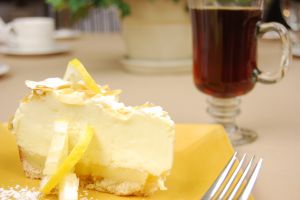 Pre-Baked Pie Crust: Five Steps For A Perfect Pie Crust
Pre-Baked Pie Crust: Five Steps For A Perfect Pie Crust
A pre-baked pie crust (sometimes called a blind baked pastry case) is one that has been partially baked without a filling so it can still cook and crisp thoroughly if the filling needs a shorter time to bake than the pastry. Pre-baking a pie crust also stops the pastry from getting soggy by a moist filling.
- Prick the base of the pie crust all over with a fork to stop the pastry from bubbling up and getting out of shape.
- Chill the pie crust in the refrigerator for at least 15 minutes before baking. This will stop it from shrinking during baking. Preheat your oven to 350º F.
- Place a large piece of parchment paper inside the pie crust, then fill with baking beans or uncooked rice. Ceramic beans or pie weights are available from most cooking stores or Amazon. Make sure that the paper is touching the pastry, eve at the edges.
- Bake for 10 to 15 minutes for a large pie crust or 8 to 10 minutes for a small one until the pastry is cooked and opaque.
- Carefully remove the parchment paper and the beans/rice/weights and then return the empty pie crust back in the oven for 10 minutes for a large pie crust or 4 to 5 minutes for a small one. When it is ready the base will be a sandy color, dry and crisp. The top edges of the pie crust should be golden. Leave in the pie tin or pie plate and continue with your chosen recipe.
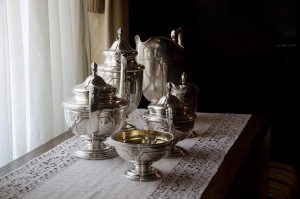 Tiny New York Kitchen Household Hints
Tiny New York Kitchen Household Hints
Caring For Your Silver
A simple way to clean your silver is to put it into an aluminum pan with sour milk and let it stand for a few hours. Then rinse in hot water and polish. If your silver is going to be stored for any length of time, then put a piece of camphor with it or rub the silver with Vaseline or sweet oil. When possible to do so, stand the flat silver in large glass top fruit jars with a pad at the bottom. Cover the top with cotton and place a piece of camphor in the jar. Then screw the lid on the jar. This makes an airtight container and keeps the silver perfectly without tarnish.
 Tiny New York Kitchen Household Hints
Tiny New York Kitchen Household Hints
Caring For Your Waffle Iron:
To temper a new waffle iron or griddle make sure to grease liberally before using. Allow the grease to bake in. Repeat this process several times and the tempering will be more thorough. Never ever wash a waffle iron or griddle. After each baking just wipe with a soft oiled cloth.
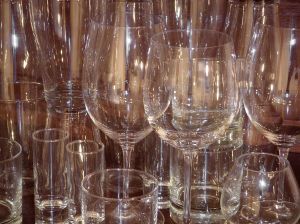
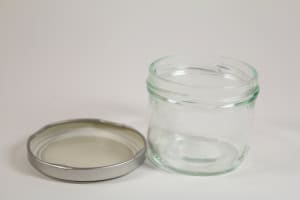 Tiny New York Kitchen Household Hints
Tiny New York Kitchen Household Hints
Keep Glass From Cracking
Have you ever cracked a glass or a jar by pouring hot liquid into it? Well, hot water will not crack a glass or jar if it is set on a knife blade and a spoon is put in it before pouring in the hot water. Another way to keep a glass or jar from cracking is to put a wide rubber band around both the top and bottom of the glass.
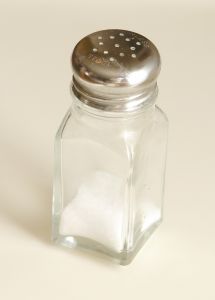 Tiny New York Kitchen Household Hints
Tiny New York Kitchen Household Hints
Yesterday I was asked how to keep salt shakers unclogged.
For Clogged Salt Shakers:
Heat a teaspoonful of rice and mix with the salt. You could also use a pinch of ground arrowroot added to the salt. Both methods will prevent the salt for clogging the shaker. To keep the metal tops from being eaten away spread a bit of heated paraffin on the inside of the metal top. When the heated paraffin begins to cool open the holes with a pin or a wooden toothpick.


